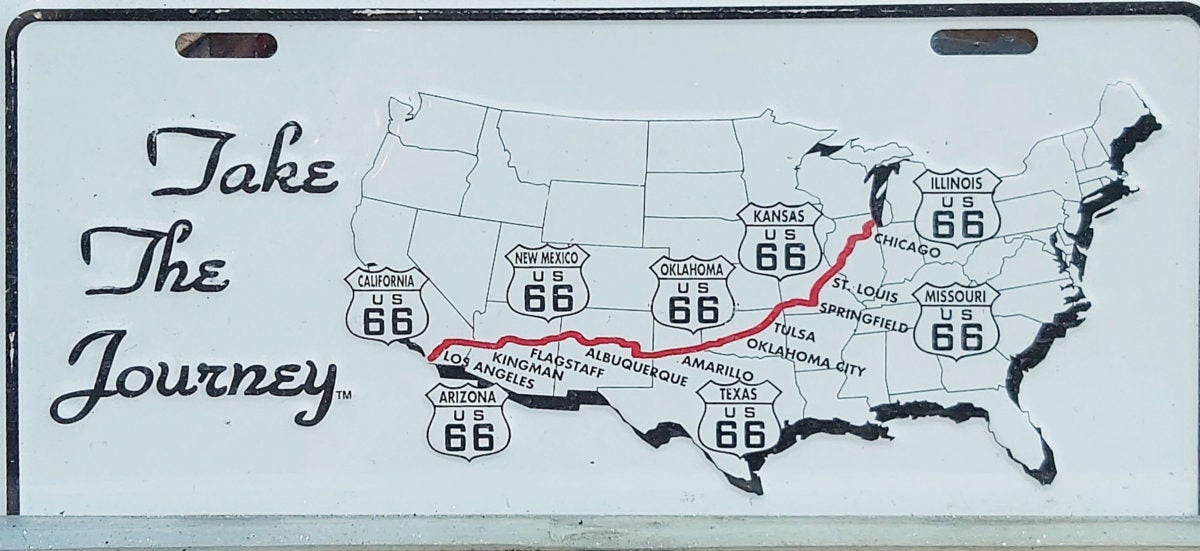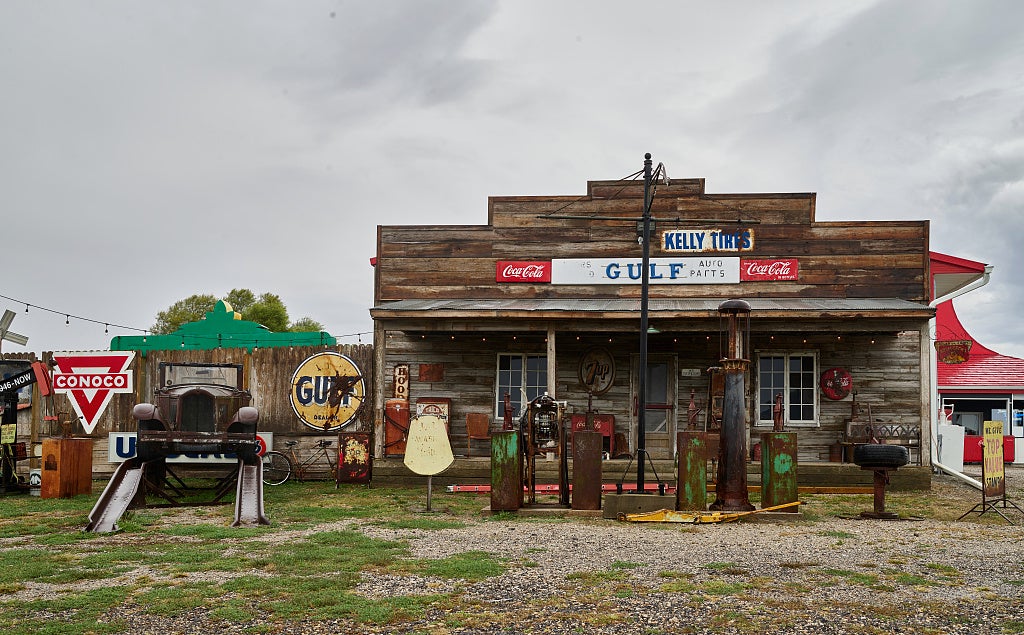FreightWaves Classics is sponsored by Sutton Transport, an LTL leader in the Midwest for more than 40 years. Sutton Transport proudly services Illinois, Minnesota, Missouri and Wisconsin. Request a quote here.
“Take the highway, that’s the best. Get your kicks on Route 66.”
Route 66 is a highway so famous a song was written about it. The song and the highway are still well known today, despite the road no longer being in existence.
There are many reasons why the highway is such an essential part of American history and also why it boasts so many different nicknames. Also known as the Mother Road and the Main Street of America, Route 66 was part of a proposal by the American Association of State Highway Officials to construct 32 major interstate routes throughout the United States. According to an article from Britannica, the U.S. secretary of agriculture accepted the proposal in 1925, setting the beginnings of Route 66 in motion.
The highway was initially named Route 60, designed to connect Chicago to California. However, the numerical naming system of the interstates meant a Route 60 should have cut through Kentucky. But the original plans for Route 60 lacked any connection to the state. After concerns were proposed from the state, Kentucky received its own Route 60 and the original highway became Route 62 — and then again changed to Route 66.

Each state was responsible for constructing its portions of the highway, which meant Route 66’s build time was staggered.
At this time, it was the only interstate highway that ran diagonally. This factor changed the supply chain in the United States forever. The National Historic Route 66 Federation says that this diagonal interstate meant farmers could transport grain and produce to new areas as it linked rural communities in Illinois, Missouri and Kansas to Chicago. Route 66 also offered a faster and less treacherous route for truckers traveling to the West Coast from the Midwest when the trucking industry was already beginning to overtake the railroads.
During the Dust Bowl and subsequent Great Depression, the route became known prominently as a major route for another type of cargo: people. The Route 66 Federation estimates 210,000 people migrated to California to escape the despair of the Dust Bowl. Another name for the highway popped up during this time: The Road to Opportunity. The John Steinbeck classic “The Grapes of Wrath” was a social commentary of the time and solidified Route 66 as a symbol of American history.
From 1933 to 1938, Route 66 offered employment to thousands of unemployed men to entirely pave the road. Officially, the route was considered paved from end to end in 1938.
After this, the route became a vital part of war mobility during World War II, as troops were trained in military bases throughout the Midwest. Route 66’s pavement and direct route across the country helped with the rapid mobilization of these troops.
“Route 66 helped to facilitate the single greatest wartime manpower mobilization in the history of the nation,” says the National Historic Route 66 Federation. “Between 1941 and 1945 the government invested approximately $70 billion in capital projects throughout California, a large portion of which were in the Los Angeles-San Diego area. This enormous capital outlay served to underwrite entirely new industries that created thousands of civilian jobs.”
After the war, Americans continued expanding westward and communities alongside Route 66 flourished, prompted by the need for lodging and amenities for travelers along the highway. One of these travelers was Bobby Troup, who penned the famous song “Route 66” immediately after his journey across the United States.

Quintessential diners became a staple, tourist attractions sprang up everywhere and motels became a go-to stopping point preferred over expensive hotels. By the 1960s, there was even a television show named after the road.
However, the pressure of the growing automobile industry became the demise of the beloved American highway. The Federal Aid Highway Act of 1956 from President Dwight D. Eisenhower put in motion new projects and helped underwrite the cost of the national interstate system. Modern four-lane highways, considered safer, replaced nearly all of Route 66 by 1970.
There were a few poorly maintained segments of the original highway in the decade to follow — until 1984, when Interstate 40 in Williams, Arizona, bypassed the final section of the original roadway. According to Britannica, on June 27, 1985, Route 66 was officially decommissioned.
FreightWaves Classics articles look at various aspects of the transportation industry’s history. Click here to subscribe to our newsletter!







